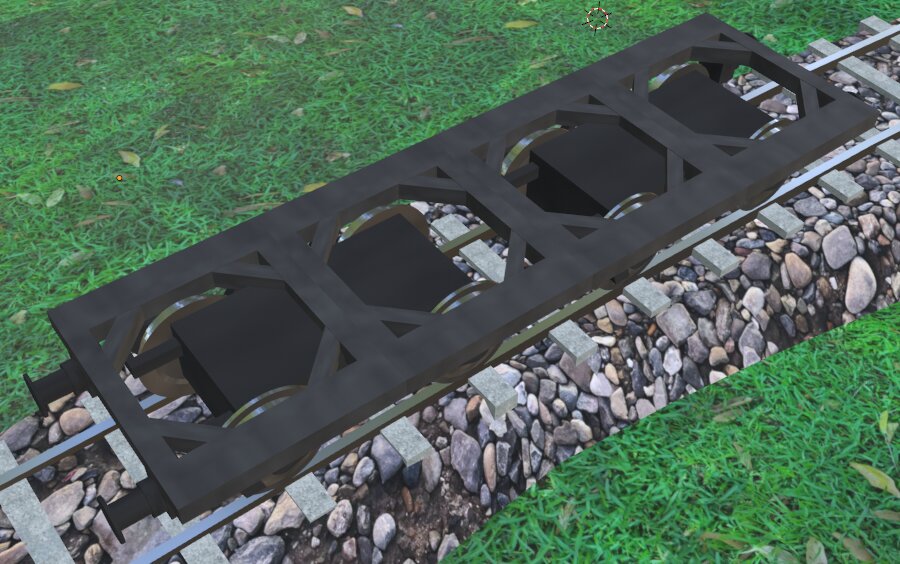

Windows update fetches all sorts of things now. If the hardware advertises X device then Windows update will check if it has anything for it. Approved vendors can provide all sorts of guff. Historically that has included drivers that intentionally brick your devices. HP probably packaged up some software that updates the BIOS and got it into the Windows Update DBs.

















Replacing a TCP socket with a UNIX socket doesn’t affect the amount of headers you have to parse.